How to Choose Kayaks
Paddles up if you’re ready to know How to Choose Kayaks! Choosing your water whip can be tricky with so many sizes, types, and colors to pick from. But take a deep breath and grab your life jacket – this kayak-buying guide will help you navigate the options so you can score the ideal boat in no time.
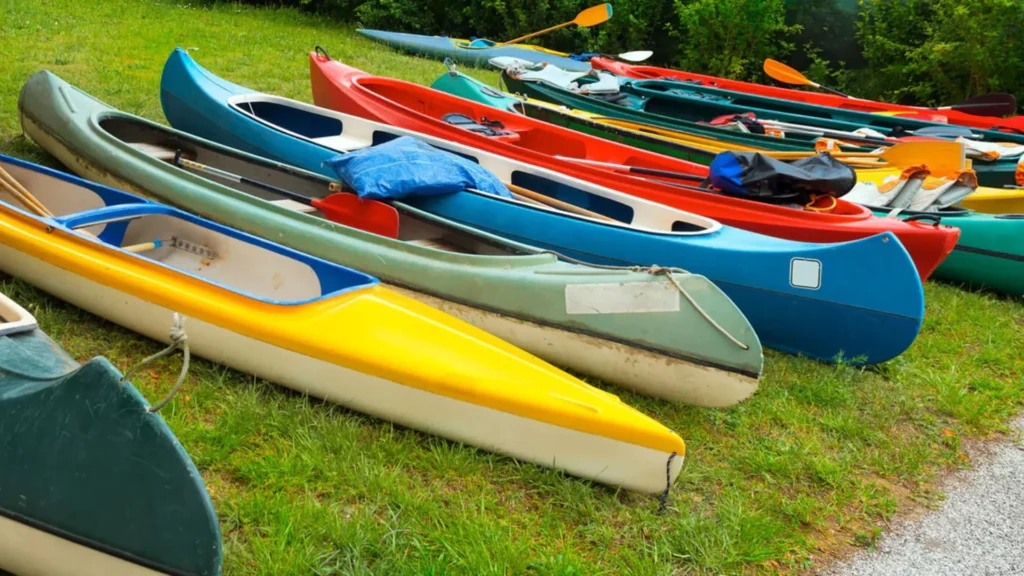
We’ll break down all the need-to-know factors, from hull type to length and material. Before you know it, you’ll be slicing through the water in your dream kayak! The key is figuring out how you’ll use it and what features fit your style. So let’s start paddling through the choices – your new kayak awaits!
Sit-on-top kayaks are great for beginners and playing in the surf. Recreational kayaks track well for lakes and mild rivers. Touring kayaks slice through oceans and whitewater kayaks conquer raging rapids.
The length matters too. Longer kayaks go faster while shorter ones are more maneuverable. And don’t forget about width – wider boats are stabler. Then there are materials. Fiberglass is fast but heavy. Polyethylene plastic is tough but slow. Inflatables pack up small but aren’t as sturdy.
Questions to Ask Yourself to How to Choose Kayaks
To find the best kayak for you, ask yourself some important questions. These might not have straightforward answers, but if you’re getting just one kayak, consider how you’ll use it the most. Keep in mind your primary use when making a decision.
Where Will You Use Your Kayak?
You can use any kayak on any water. A sea kayak will not go down in a lake. But some kayaks are better and safer for some waters.
Quiet rivers: These waters are mostly flat. They do not have strong currents, big waves, or white foam. They are also not very windy. You can use a kayak that you sit in or on for these waters.
Big lakes, coasts, and oceans: Big lakes can have strong winds and waves like the sea. You need a touring kayak or a sea kayak for these waters. They are long and smooth. They may have a rudder or a skeg to help you steer and go fast.
Fast rivers and whitewater: When you are on fast rivers, you need a kayak that can turn quickly. You do not want a long touring kayak. Whitewater kayaks are short and can go on waves and turn with one paddle. You can also use a short flatwater kayak with a rudder or a skeg on fast rivers with small rapids.
What Is Your Experience Level?
Think about your kayaking skills. If you’re a beginner, go for something stable and easy to handle, such as a recreational kayak or a day-touring kayak. These options let you practice basic paddling techniques before moving on to a fancier kayak meant for trickier waters.
How Will You Transport and Store Your Kayak?
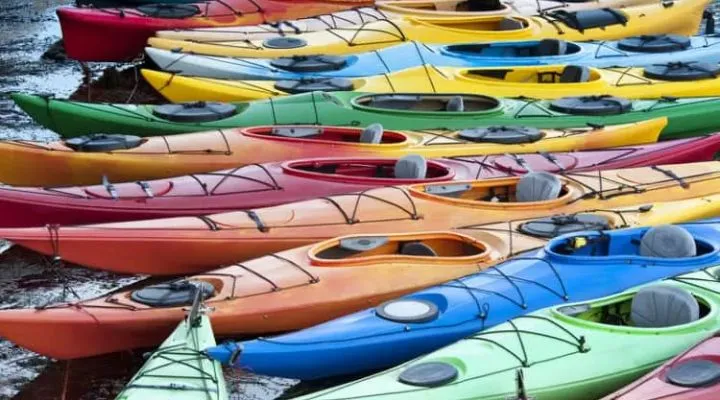
You need to think about where you can keep your kayak and how you can take it to the water.
For example, do you live in a flat? Or do you have a garden or a garage? Do you have a car with a rack on top? Or do you use buses or trains?
Hard kayaks are better than kayaks that you can blow up. But they need more space to store kayak and a car to move them. You can also keep your kayak near the water, like at a club that has a safe place for boats.
If you do not have enough space or another place to keep a hard kayak, you can get a kayak that you can blow up or fold. Many of them are small when you pack them. Most kayaks that you can blow up have a bag with wheels so you can walk or use buses or trains to go to the water.
Would You Like to Kayak Solo or in Tandem?
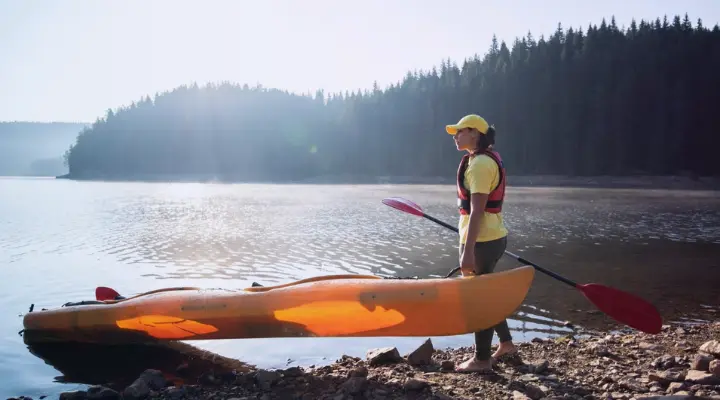
Kayaking with your family or friends? A tandem kayak may be perfect for you!
Tandem kayaks are great when you’re just starting – you can gain confidence and skills with an experienced paddler by your side. They’re also super handy for couples and parents with kids – you stay together on the water.
Another perk is tandem kayaks take up less space at home than two solo kayaks. The downside is paddling tandem solo can feel awkward if your schedules don’t match up.
But many inflatable tandem kayaks let you remove one seat for solo paddling. Just position the other seat in the middle. This flexibility makes inflatable tandems ideal for flatwater fun with family or friends!
How’s that? I aimed for easy-to-understand language and an upbeat, conversational tone. Let me know if you would like me to modify the rewrite further.
How Long Will You Spend on the Water?
How long do you like to kayak for? A few hours, half a day, or all day long? Or, do you want a kayak that can go for many days? You can use a fun or day kayak for trips up to a day. They have one place to store your stuff and ropes to tie things on.
But for longer trips, you need a touring kayak. They have two big places to store your stuff and ropes to tie things on. They also have a spot for a compass.
What Time of Year Will You Use Your Kayak?
Hold up, paddlers! Before picking your ride, think about what time of year you’ll use your kayak the most. If you’ll mainly kayak when it’s hot out, go for a sit-on-top kayak. They’re great for sun and fun in the summer.
But if you’ll be paddling when there’s a chill in the air, pick a sit-inside kayak. They keep you cozier in cool weather and protect you from the elements. Here’s a temperature guide: It’s usually safe to kayak when the air and water temps combined hit 120°F. But be extra careful when the water dips below 70°F.
If your area is just above that 120°F mark, a sit-inside kayak is safer. It shields you from hypothermia if you take a spill in chilly water. So consider the seasons before making your choice. That way you pick a kayak built for the conditions you’ll be paddling in.
Types of Kayaks and Their Uses
Kayaks come in lots of different shapes and sizes! Here we’ll go over some of the most popular types. If you want more details on all the varieties of kayaks and their pros and cons, check out our “How to Choose Kayaks” article. It dives deeper into the options.
For now, here’s a quick overview of the main kayak models:
- Recreational kayaks are stable, easy to get in and out of, and great for casual paddling.
- Fishing kayaks have rod holders and storage for your gear. Ideal for anglers.
- Tandem kayaks seat two people. Fun for paddling with a partner!
- Inflatable kayaks are portable and pack down small. Easy to store and kayak transport.
- Sea kayaks are long and slender. Made for the ocean with sealed compartments.
- Whitewater kayaks are short, with rounded hulls to maneuver rapids.
Sit-In vs. Sit-On-Top Kayaks
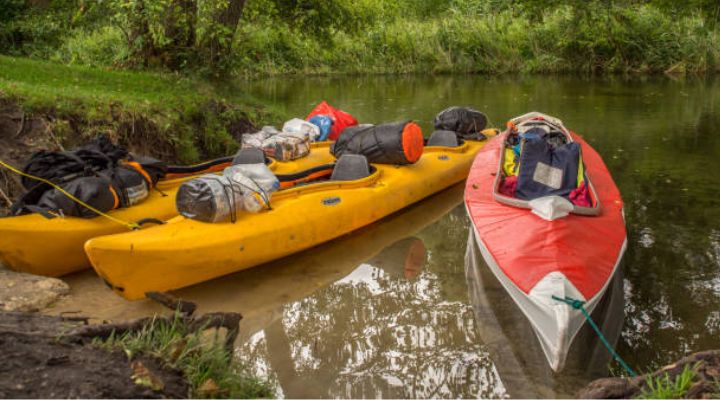
When you want to buy a kayak, you need to pick one that you sit in or on. This will make it easier to find the right one for you.
Sit-In Kayaks
Kayaks that you sit in are the older kind. They keep you safe from wind and rain, so they are good for cold places, rough waters, and paddling in winter. You can steer the kayak better when you sit in it. You press your toes on the footpegs and your legs on the thigh braces.
Sit-On-Top Kayaks
Sit-on-top kayaks are awesome for calm waters and casual paddling. They’re super stable, making it less likely for you to tip over. Even if you do, it’s easy to hop back on without needing help from your paddle buddy. These kayaks have scupper plug holes that let water drain out, so no worries about sinking.
Here’s the cool part: you don’t need to master fancy moves or rescue techniques, making sit-on-top kayaks perfect for beginners. They’re also comfy for tall folks or those who don’t like sitting still for too long.
Kayak Categories
How to Choose Kayaks is Different kinds of kayaks are made for different kinds of water. They suit how you paddle, how long you go, and what you like to do on the water. These are some of the usual ones you will see:
Recreational Kayaks

Recreational kayaks are perfect for beginners and won’t break the bank. They’re stable, easy to steer, and great for smooth waters. If you go for the sit-in type, they have roomy openings, so getting in and out is a breeze. It’s like the budget-friendly, user-friendly choice for those just starting!
Day Touring Kayaks

You can use day-touring kayaks for different things. They are like recreational kayaks and touring kayaks together. They are usually longer than 9 feet and thinner than recreational kayaks.
They go straighter too. But they still have a big space to sit and a steady shape.
Day-touring kayaks are good for short or long trips. They also help new paddlers get better at kayaking. Like big touring kayaks, most have places to store things with covers.
Touring Kayaks

Touring kayaks are like the marathon runners of the kayak world, stretching from 14 to over 20 feet. They’re fantastic for long trips and hauling your stuff. With their sleek design, they handle wind, currents, and waves like pros, making your paddling adventures easier on the body.
But here’s the scoop: these sea touring kayaks are more of a challenge. They need some skills to steer, and they’re not as steady. The smaller cockpit makes getting in and out a bit tricky. Keep in mind, that they can be a bit pricier too. So, if you’re up for a kayaking adventure and ready to level up, touring kayaks might be your thing!
Fishing Kayaks

In How to Choose Kayaks it is the best point. Fishing kayaks are like fun kayaks, but most can hold more weight. They also have things for fishing like places to put rods, a seat that can go up or down, a place to keep things, and ropes on the deck. Most fishing kayaks let you sit on top, but some let you sit inside.
Inflatable and Folding Kayaks

Inflatable and folding kayaks are like the superheroes of easy transport and storage. No need for a fancy roof rack – they can even chill in your apartment.
Both rock on calm waters, but here’s the deal: inflatable kayaks are a bit more chill, moving slower and not tracking as smoothly as the hard-shell buddies.
Whitewater Kayaks

Whitewater kayaks are made for going through waves and wild water. They are usually short, from 4 to 10 feet long, and can turn fast. This helps them move fast and well in water that flows quickly.
But the shape of the bottom means they are not good for long trips on calm water and are better for whitewater.
What to Consider When Buying a Kayak
You know the kinds of kayaks you can get and How to Choose Kayaks. Now let’s see how different makers and types can change how they look. These can be small changes on paper, but they can make a big difference in how your kayak works for the trips you want to do later.
How Do I Know What Size Kayak to Buy?
The shape and size of a How to Choose Kayaks affect how it moves on the water. You want a kayak that matches your speed, direction, and balance needs. You also want a kayak that fits your body well. Some kayaks come in different sizes for different people. You should pick the one that feels good to paddle.
If the cockpit is too small, you will feel cramped. If the kayak is too big, you will have less control.
Length:
Long kayaks go faster and straighter than short and wide kayaks. If you want to travel far, How to Choose Kayaks that is at least 14 feet long. But remember that long kayaks are harder to turn.
Short kayaks are easier to turn, which is good for curvy rivers and crowded or narrow places.
But short kayaks are harder to keep straight. You need some skill to paddle them well. Day touring kayaks are a good balance between speed and turning. You also need to think about how much stuff you want to bring with you.
Long-touring in How to Choose Kayaks and sea kayaks have more space to store your things. They have two or three openings. Recreational and day-touring kayaks have less space. They may have only one opening or none.
Width:
How to Choose Kayaks. Slim kayaks are faster but less stable than wide kayaks. You are more likely to tip over in a slim kayak. You may like a wide kayak better if you want more comfort and room.
Depth:
Deep kayaks have more space for your things and your legs. They are more comfortable for tall people. But deep kayaks are more affected by the wind.
Weight capacity:
Kayak makers tell you the maximum weight for each kayak. You and your things must weigh less than that. If you weigh more, the kayak will sink lower in the water. That will make it less stable.
Cockpit size:
A long and wide oval cockpit is easy to get in and out of. That is good for beginners and big people. A small and round cockpit gives you more control over the kayak. It also protects you from water and waves.
Kayak Materials
The weight of a kayak is important. You want a kayak that is easy to carry from your car to the water. But you also want a kayak that is not too expensive and lasts long.
Here are some good and bad things about the most common kayak materials.
Polyethylene plastic: How to Choose Kayaks Some people call these kayaks roto-molded kayaks. Polyethylene kayaks are the cheapest but also the heaviest. They are very strong and do not get damaged easily by rocks or fast water. They are good for kayaking on rough waters.
The bad thing is that polyethylene does not protect well from the sun, so you need to keep it in a dark place. Also, they get many small marks on the bottom, which are hard to fix.
ABS plastic: Some people call these kayaks Thermoform kayaks. It is the same thing. Thermoforming is how they make ABS plastic.
ABS plastic kayaks are a good choice. They are lighter than polyethylene kayaks and cheaper than composite kayaks. They are also very strong and have a shiny look like composite. ABS plastic is better than polyethylene against the sun.
Composite materials: Composite kayaks are made from two or more materials together. Kayaks can be made from different composite materials, like very light carbon and graphite or kevlar fibers. Fiberglass is the most common material.
Fiberglass is a hard and stiff material that makes kayaks go faster than plastic kayaks. They also protect better from the sun but are much more expensive. Composite How to Choose Kayaks are strong, but they can break easily if they hit something hard. Plastic kayaks are better for rocky rivers and fast water.
Poly-based materials: Inflatable and foldable kayaks are usually made from strong and hard-to-break poly-based materials with many air pockets. Folding kayaks are made of harder poly-based materials than inflatables and have a metal frame inside.
Kayak Hull Types and Chines
The shape and size of a kayak’s bottom affect how it stays balanced and fast on the water. Before we talk about the different kinds of bottoms, you need to know that there are two kinds of balance. Primary balance is how steady a kayak feels when you are not moving on the water. Secondary balance is how steady the How to Choose Kayaks feels when you are paddling.
Bottoms with more primary balance are harder to tip over when you are getting in or out of your kayak or sitting still. But bottoms with more secondary balance are steadier when you are moving, especially in rough water. You need to learn How to Choose Kayaks and get out of them without falling in the water.
The four most common kinds of kayak bottoms are:
V-shaped: This bottom has steep sides that make a V-shape from the front to the back. They go straight and fast but are harder to turn and have little primary balance.
Rounded: Rounded bottoms also have more secondary balance than primary balance, but they are easier to turn than V-shaped bottoms. They can go fast on rivers and inlets and keep upright on rough water.
Flat bottoms: These are very steady on flat water but not good in rough water. Flat bottoms are popular for fishing and beginner kayaks because they have good primary balance and turn easily.
Pontoon bottoms: Pontoon bottoms (also called tunnel bottoms) have a raised middle part and are the steadiest of the four bottom types. The bad thing is that they are very slow.
The chine is where the bottom and the sides of the kayak meet. On one end, you have a soft chine, where the sides curve smoothly to the bottom.
A soft chine is more common on touring and How to Choose Kayaks because the curved shape helps them go straight and stay steady in rough water. A hard chine, more common on recreational and whitewater kayaks, gives better primary balance.
Additional Kayak Features
In How to Choose Kayaks. Choosing the right kayak means looking at more than just shape and size. Here are some key features to consider:
Seat – A comfortable, adjustable seat with padding and back support is a must for all-day paddling. Or you can upgrade to a basic seat later.
Footpegs – These let you brace your feet while paddling. Movable footpegs are best, but can cost more.
Hatches – Waterproof hatches allow access to storage for multi-day trips. Check the diameter to fit your gear.
Deck Rigging – Handy for attaching dry bags, pumps, and other gear you need during paddling. Standard on most kayaks.
Tracking – Help keep your kayak moving straight with a rudder (foot-controlled), skeg (fixed small fin), or tracking fin.
The goal is to find features that match your paddling needs – like comfort for recreational use or storage for camping trips.
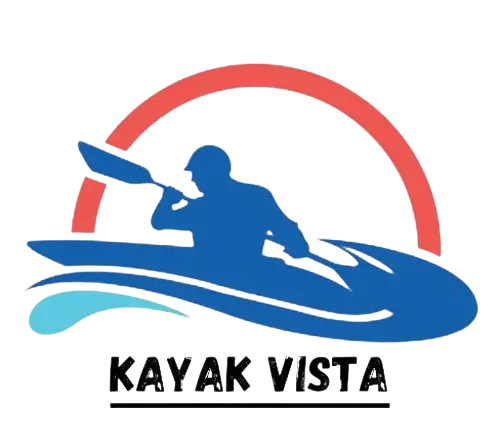
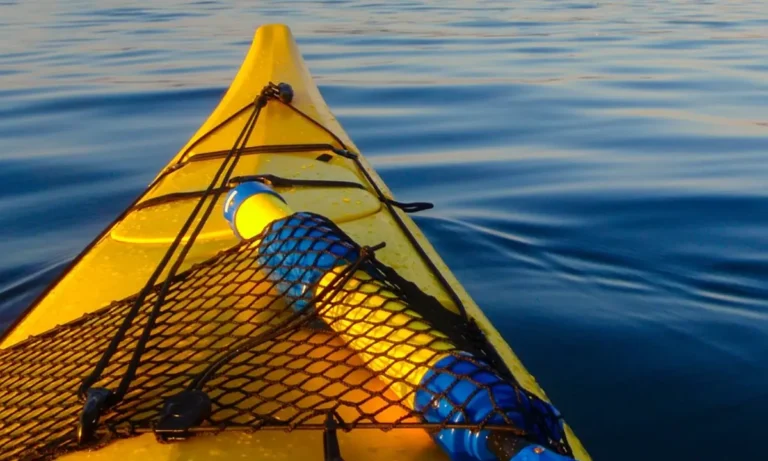
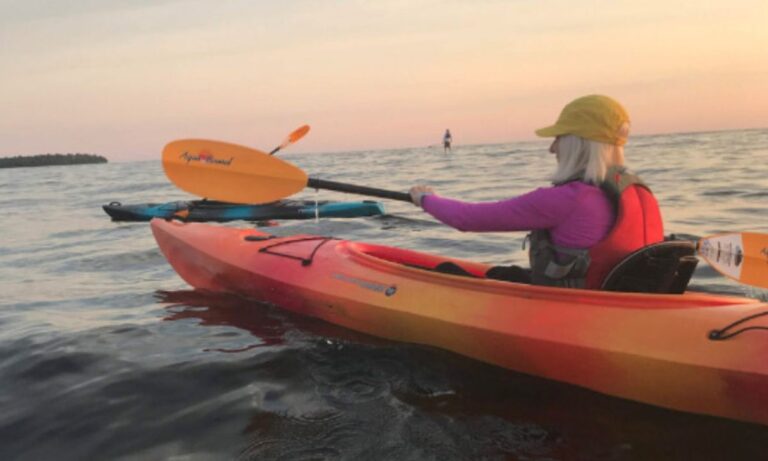
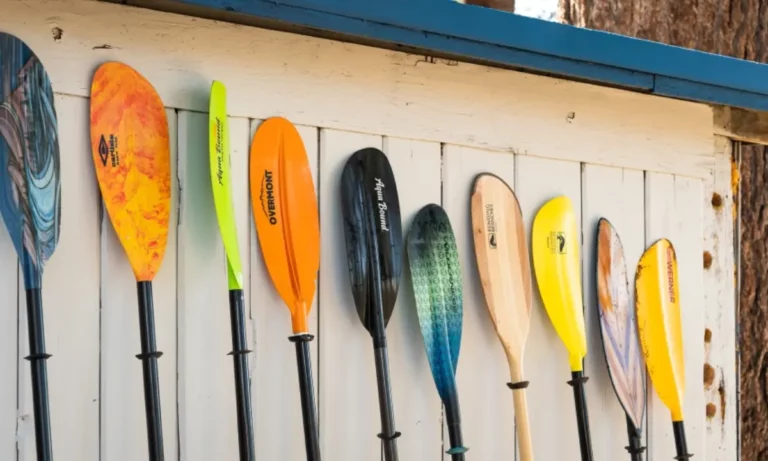
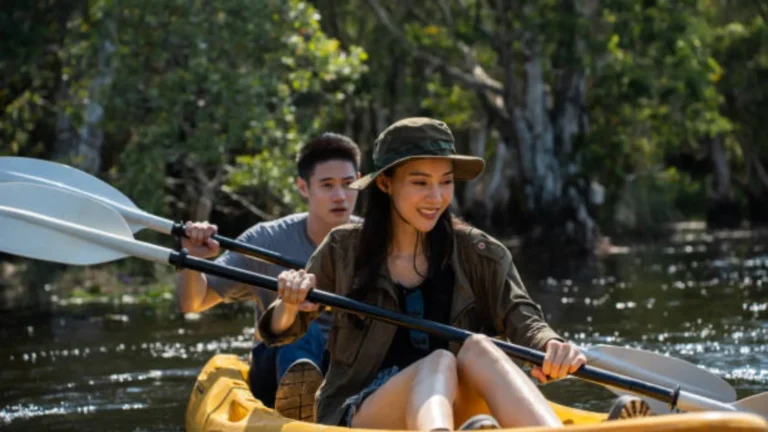
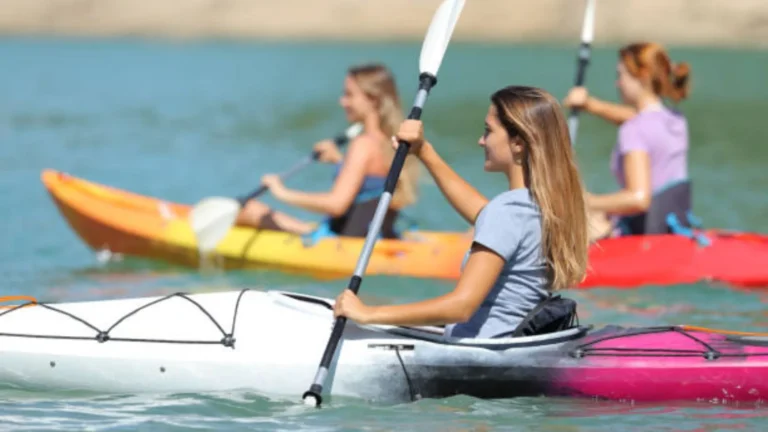
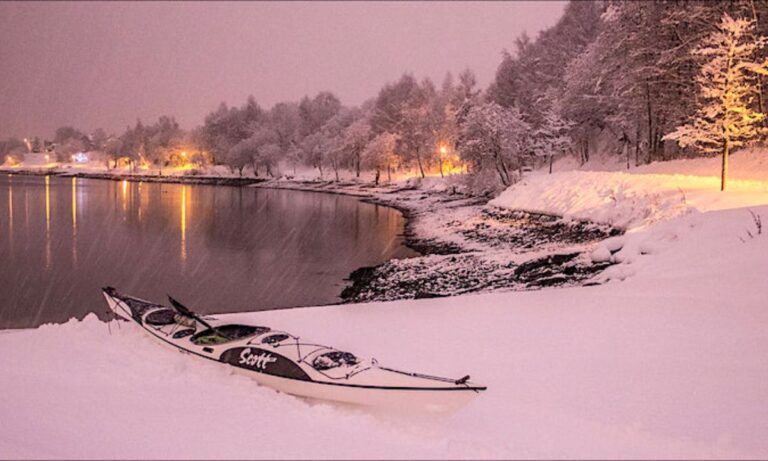
One Comment